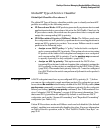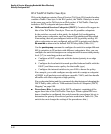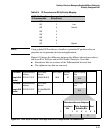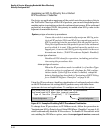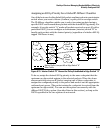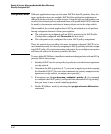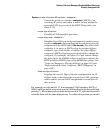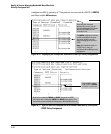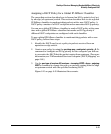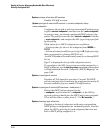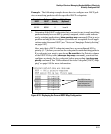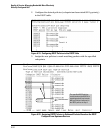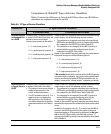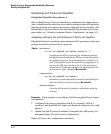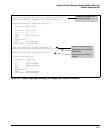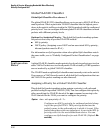
Quality of Service: Managing Bandwidth More Effectively
Globally-Configured QoS
Assigning a DSCP Policy for a Global IP-Diffserv Classifier
The preceding section describes how to forward an 802.1p priority level set
by an edge (or upstream) switch. This section describes how to use a global
IP-Diffserv classifier to mark matching packets with a new DSCP policy. A
DSCP policy consists of a DSCP codepoint and an associated 802.1p priority.
You can use a global IP-Diffserv classifier to mark a DSCP policy at the same
time with a global IP-Diffserv classifier that marks an 802.1p priority if
different DSCP codepoints are configured with each classifier.
To use a global IP-Diffserv classifier to mark matching packets with a new
DSCP policy, follow these steps:
1. Identify the DSCP used to set a policy in packets received from an
upstream or edge switch.
2. Create a new policy by using the qos dscp-map < codepoint > priority < 0 - 7>
command to configure an 802.1p priority for the codepoint you will use
to overwrite the DSCP that the packet carries from upstream. (For more
information, see “Differentiated Services Codepoint (DSCP) Mapping” on
page 6-88.)
3. Use the qos type-of-service diff-services < incoming-DSCP > dscp < outgoing-
DSCP > command to change the policy on packets coming from the edge
or upstream switch with the specified incoming DSCP.
Figure 6-15 on page 6-45 illustrates this scenario.
6-49



